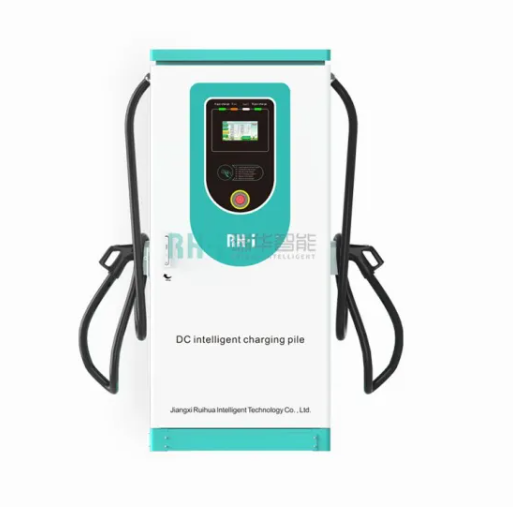When (and How) Should You Use a DC EV Charger?
Apr. 19, 2024
As electric vehicles (EVs) become increasingly prevalent, drivers are faced with various charging options to power their vehicles. Among these, DC EV chargers offer a fast and efficient solution for quickly replenishing an EV's battery.
Understanding DC EV Charging:
DC (Direct Current) EV chargers deliver electricity directly to an electric vehicle's battery, bypassing the vehicle's onboard charger.
Unlike AC (Alternating Current) chargers, which convert AC power from the grid to DC power within the vehicle, DC chargers provide DC power directly from the grid to the vehicle's battery, allowing for faster charging rates.
DC chargers are typically found at public charging stations, including highway rest areas, service stations, and commercial charging networks.
When to Use a DC EV Charger:
Long-Distance Travel: DC chargers are ideal for long-distance travel or road trips, where drivers need to quickly recharge their EVs to continue their journey.
Emergency Situations: In emergency situations where an EV's battery is critically low, a DC charger can provide a rapid charge to get the vehicle back on the road promptly.
Time Efficiency: For drivers with limited time for charging, such as rideshare drivers or commercial fleet operators, DC chargers offer a convenient solution for quickly topping up their vehicle's battery.
How to Use a DC EV Charger:
Related links:
How much do you know about charging piles?
Exploring the Advantages of 40kW DC Chargers for Electric VehiclesLocate a Charging Station: Use a mobile app or navigation system to locate nearby DC charging stations along your route.
Check Compatibility: Ensure that your EV is compatible with the DC charging standard used at the charging station (e.g., CHAdeMO, CCS, Tesla Supercharger).
Connect and Initiate Charging: Follow the instructions at the charging station to connect your vehicle to the charger and initiate the charging process. This may involve scanning a QR code, using an RFID card, or initiating the session through a mobile app.
Monitor Charging Progress: Stay near your vehicle or use the charging station's app to monitor the charging progress and receive notifications when the charging session is complete.
Disconnect and Pay: Once charging is complete, follow the instructions to disconnect your vehicle from the charger and complete the payment process, if necessary.
Benefits of DC EV Charging:
Faster Charging Speeds: DC chargers can deliver high power levels, resulting in faster charging times compared to AC chargers.
Convenience: DC charging stations are often located along major highways and in densely populated areas, making them convenient for drivers on the go.
Range Flexibility: Access to DC chargers expands the range of electric vehicles, allowing drivers to travel longer distances without worrying about running out of battery power.
DC EV chargers play a vital role in the transition to electric mobility, offering drivers a fast, efficient, and convenient way to recharge their vehicles. By understanding when and how to use DC chargers effectively, EV drivers can maximize the benefits of electric vehicle ownership and confidently embark on journeys knowing that reliable charging infrastructure is readily available.
290
0
0



Comments
All Comments (0)